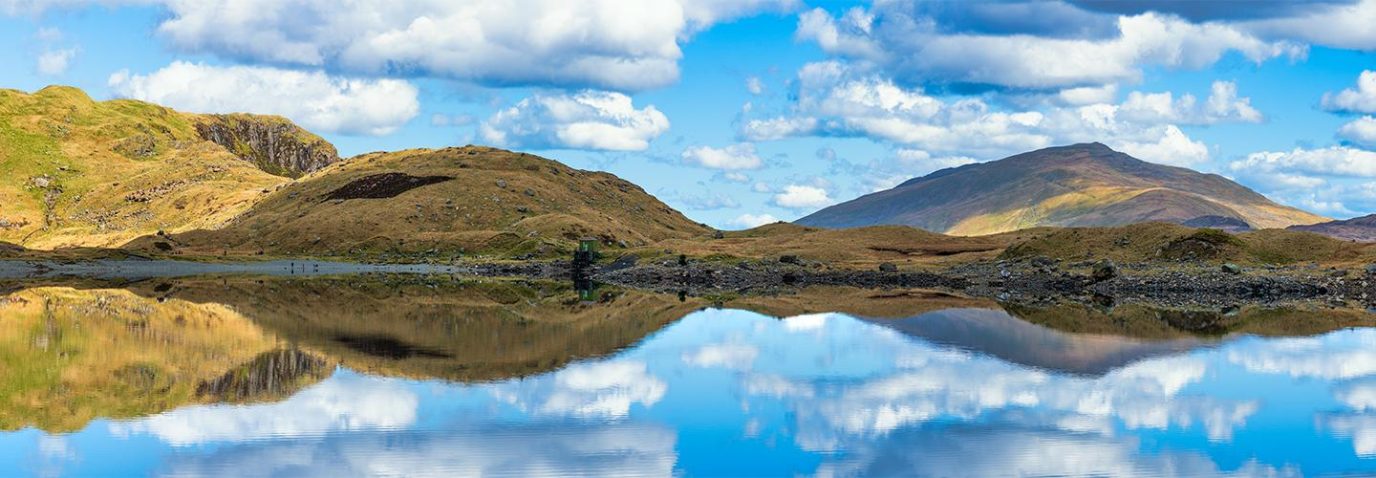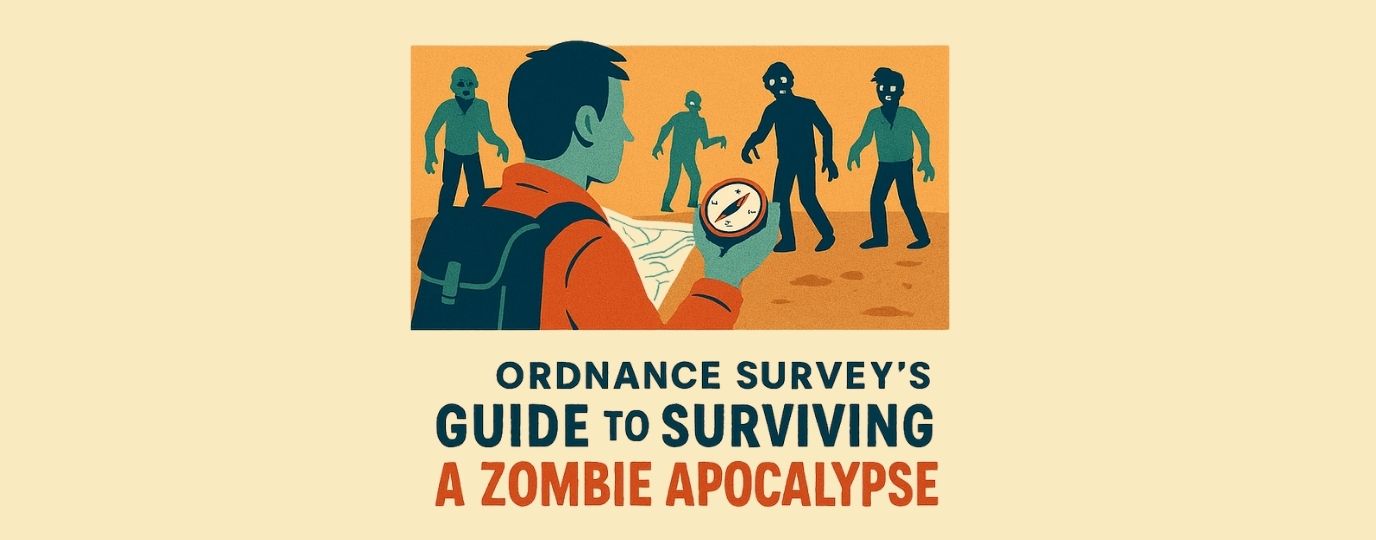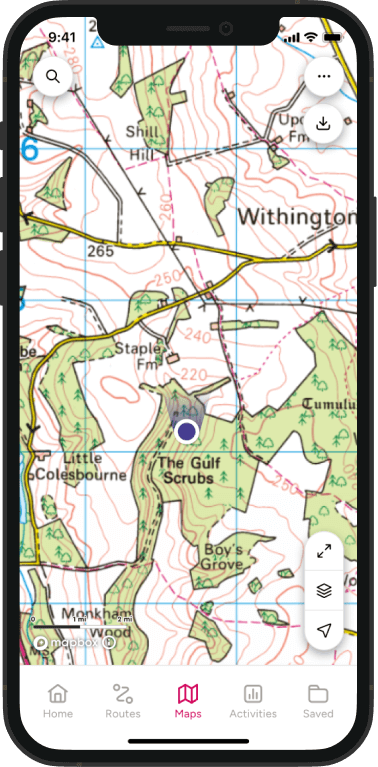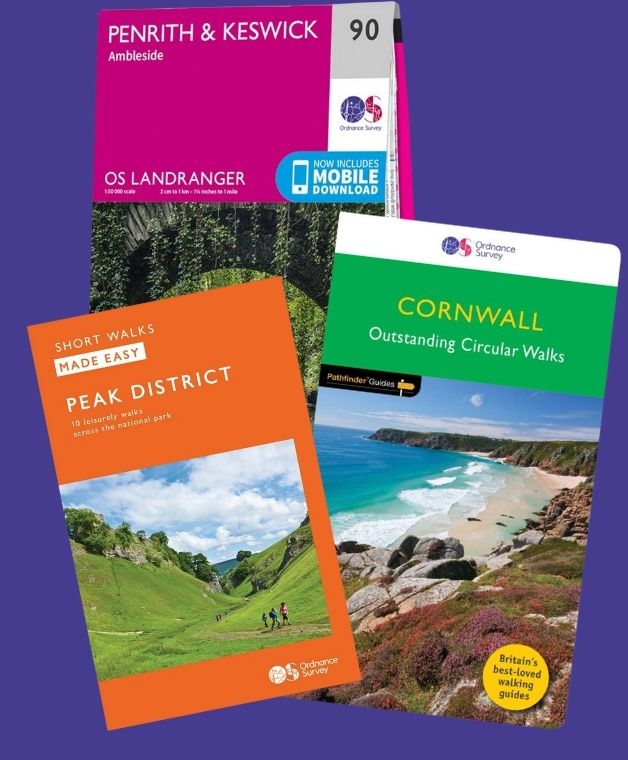Nordic Walking is a fast growing outdoor activity in Britain. Discover more with this beginner’s guide.
Given its rapid popularity rise, it could be easy to think that Nordic walking was something of an overnight sensation. Just as the likes of yoga and pilates appeared on the scene fully-formed (taking the fitness world by storm in the process), Nordic walking arrived on British shores with a bang. Soon, groups were sprouting up all over the place and Nordic walking became the go-to way of encouraging people of all ages and abilities to get out exploring.
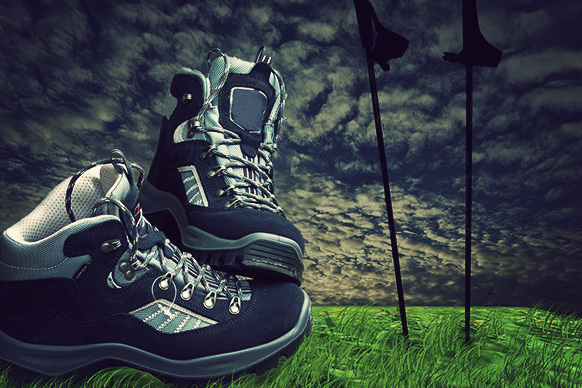
Thinking of it as an overnight success, is something of a misnomer. Naturally, walking with poles has been around for decades, potentially even centuries when you look at it in looser terms. It’s only recently, though, that it’s become such a popular activity – and been given its own specific name in the process. Regardless of the speed of its ascendency, Nordic walking is popular all over the UK and seeing participant numbers rise. So for the beginner, what’s it all about and how do you get involved?
What is it?
Put quite simply, Nordic walking involves hiking whilst using poles – similar to those that a skier would use – for extra safety, propulsion and exercise. These poles aren’t just something of an afterthought, but instead play a central role in the activity itself.
Nordic walkers use the poles on every stride, planting and pushing off with reasonable force in order to work out their whole body. As this involves exercising the arms and not just legs, it can provide the kind of all-over workout that traditional walking simply could not achieve.
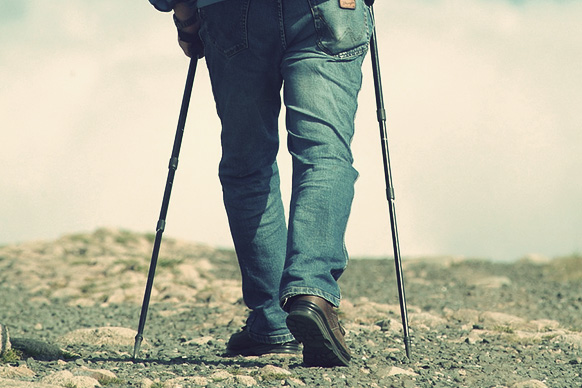
In fact, a number of studies have found that Nordic walking can, in fact, bring about a 46 per cent increase in energy consumption compared to a more normal walk. So even if it may look as though it’s walking with an aid – and therefore being made easier – the poles actually provide a much better, more intensive workout.
The muscle groups worked by Nordic walking include most of those in the arms and upper torso, including the biceps, triceps, lats and pectorals. It also works out ‘core’ muscles and initiates a significant rise in average heart rate. On top of all this, some 90 per cent of the body’s skeletal muscles are used during Nordic walking, whilst pressure on the joints (especially the knees) is greatly reduced.
If these benefits weren’t enough, the rhythmic, gentle motion of Nordic walking is also beneficial to those suffering muscular conditions through their back and neck – such as torticollis. Furthermore, it can help walkers cover more distance, as the motion encourages people to speed up if they want to inject a little pace.
Origins
Like many other sports, Nordic walking emerged from the variation on a common ancestor. Just like William Webb Ellis created rugby by picking up a football, or how enterprising surfers built skateboards to indulge their passion when the sea was flat, Nordic walking came about through skiers looking for something to do during summertime.
Ski spots, of course, are not covered in snow all year round. Instead, summer months at the likes of Whistler, Val Thorens and Verbier are spent in the presence of lush green grasses and beautiful patchwork glades.
Downhill skiers who took up their sport through a love of speed and white-knuckle thrillrides had the option of mountain biking along the old ski tracks to keep them entertained in the summer. Cross-country skiers, however, had precious little comparable activities without the snow, so Nordic walking was created.
Not only did Nordic walking enable cross country skiers to get out and traverse their favourite routes during off-season, it also kept their strength and fitness levels up, so that the first month of the ski season proper wasn’t spent conditioning in order to get back up to speed.
Get involved
Despite its origins, Nordic walking certainly isn’t the sole preserve of those who live in ski resorts. After all, people don’t play rugby because they fancy picking up a football, or skateboard only when the waves are flat or choppy. So, Nordic walking is popular across the whole of Britain, even in some of the less mountainous areas.
One minor drawback of Nordic walking is the fact that participants need equipment before getting started. The joy of typical trekking means that all a person needs is a pair of trainers, map and refreshments to get out and enjoy the countryside. Nordic walkers, on the other hand, need all of these, plus a set of poles, which aren’t particularly cheap.
Those on a budget can get their hands on a basic pair of dedicated Nordic walking poles for around £30, whereas some of the more advanced options (that are strong, lightweight and adjustable) can come in at more than £100.
A good point to remember, though, is that Nordic walking poles are certainly not a regular purchase. Provided walkers take good care of their poles, there’s every reason they could last for years, if not decades. As such, there may indeed be an initial outlay, but this is certainly not a cost that walkers need to endure on a regular basis.
Then, once poles have been procured, would-be Nordic walkers are spoiled for choice where location is concerned. From Plymouth to Perth, Lowestoft to Llanelli, there are plenty of regular classes in operation across the UK which can be found at British Nordic Walking or Nordic Walking UK but many more could be operational on an occasional, hyper-local basis. So, if there’s none to see nearby, get in touch with rangers at local National or Country Parks to see if such events form part of their itinerary. Even if there’s nothing at the moment, ever-growing interest (to which your own request will only add) may then encourage rangers to get a timetable set up.
Today there are around 700 fully-qualified Nordic walking trainers operating in Britain, with thousands more participants enjoying the benefits it could offer. Not bad, then, for something that was initially viewed by many to be an ‘overnight success’.
MORE FROM BRITISH NORDIC WALKING
MORE FROM NORDIC WALKING UK
If you’re looking for Nordic walking routes near you, visit OS Maps. A GPS device can also come in handy – you can explore the GPS range here.

